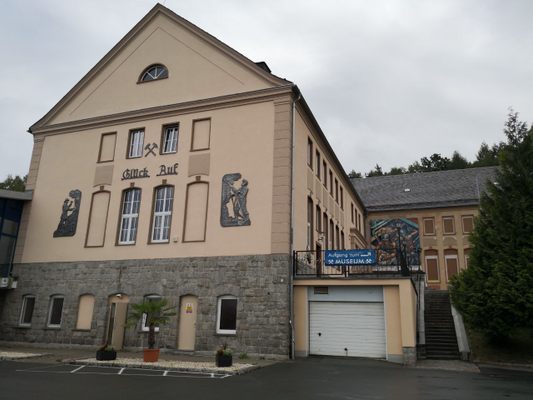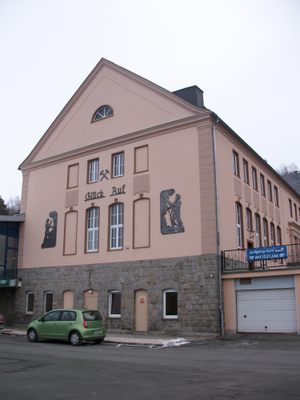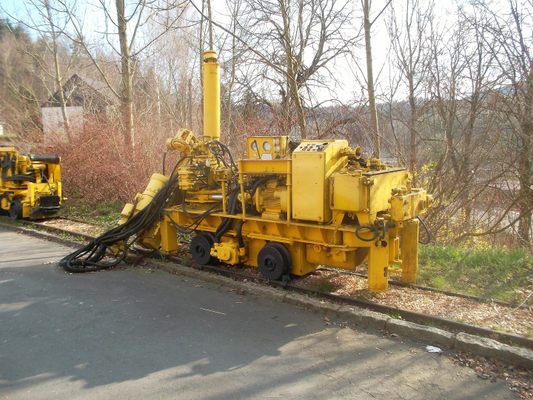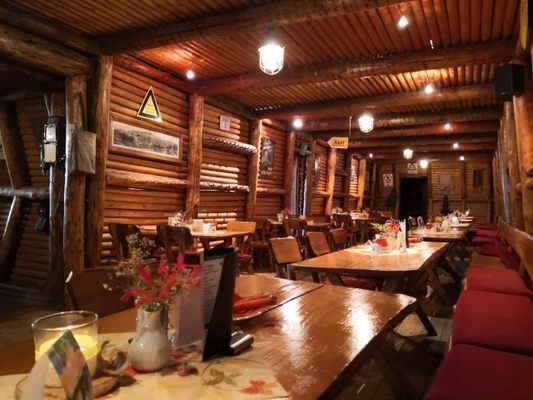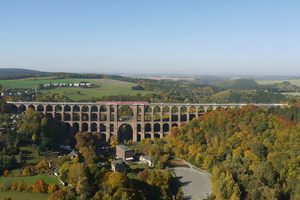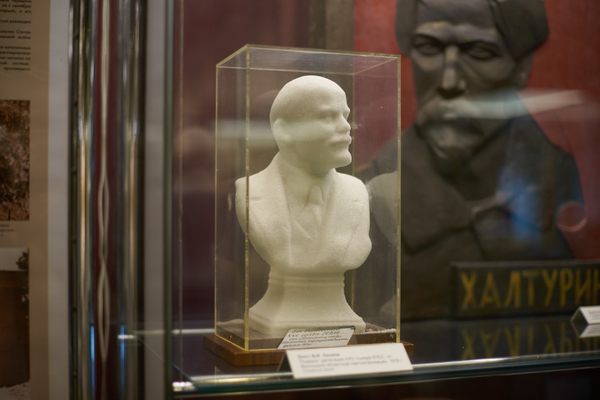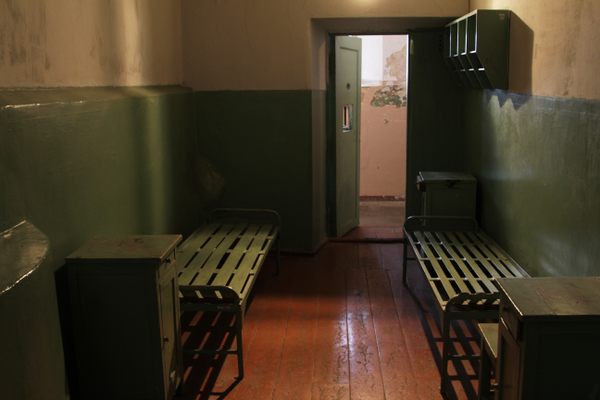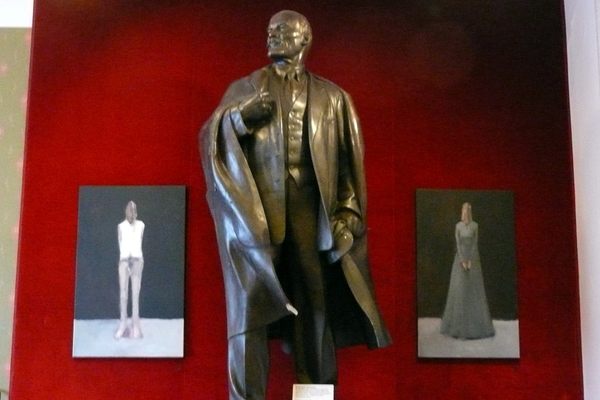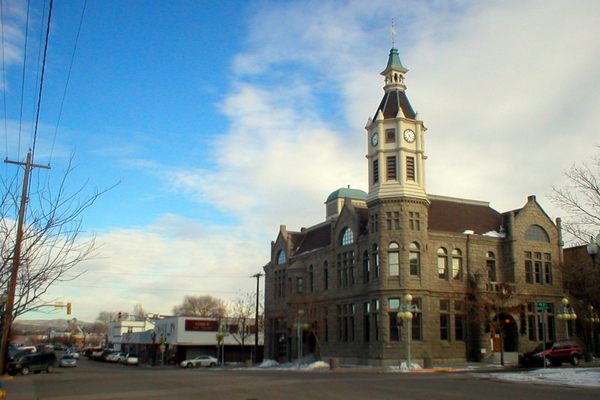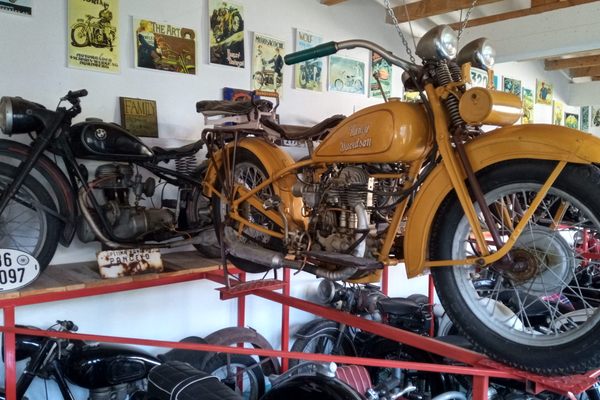About
This unique museum in Bad Schlema, a small town in the Ore Mountains of Saxony, Germany, is dedicated to the region's history of uranium mining. During the time of the German Democratic Republic, a large mining enterprise was set up here to supply the Soviet Union with radioactive metal.
Located inside the impressive Kulturhaus Aktivist, an example of a Communist assembly house for workers, the Museum Uranbergbau (Uranium Mining Museum) offers insights into the working conditions, cultural life, and general political entanglements of East Germany.
Right after World War II, the SDAG Wismut mining company was established in the Ore Mountain region spanning more than 30 mining sites. Between 1947 and 1990, the Wismut produced a total of 230,400 tons of pure uranium. The rare and dangerous material was directly delivered to the Soviet Union as part of Germany’s war reparations and transformed into the nuclear power plants and frightening weapons that fueled the Cold War.
The museum displays an impressive collection of curious objects, pictures, and media articles documenting the work culture, as well as GDR propaganda and many personal testimonies. Working conditions were quite poor in the early years, especially as political convicts and a large number of German refugees and expellees were employed in the shafts using inappropriate tools. The measures of radiation protection were poor as well, though industrial safety gradually improved.
After the decline of the GDR, local politicians had to figure out a livable future for a town with a completely obsolete infrastructure and a disastrous environmental and ecological situation. But the result is quite astonishing. The “golden age” of Bad Schlema as a spa town of the 1920s and 1930s saw a revival. Now a local thermal bath (still offering safe radium spa treatments), beautiful spa gardens, and a new spa palace grace the contemporary town center.
A large photography exhibition at the museum reports on how the region has changed during the last century. The uranium mining came at a large cost for the local environment and landscape. Entire mountains, lakes, and forests have been removed in order to open up new mining shafts. Many buildings were also removed, such as the former village church and the impressive former spa hotel built during in 1910 when Bad Schlema was able to exploit the hype of radiobalneology. In 1918, the town even received the honoring title of the most radioactive spa source on Earth.
Related Tags
Know Before You Go
The museum is open daily throughout the year. The ground floor also hosts a unique restaurant located within a reconstructed mine shaft.
Published
August 20, 2019
